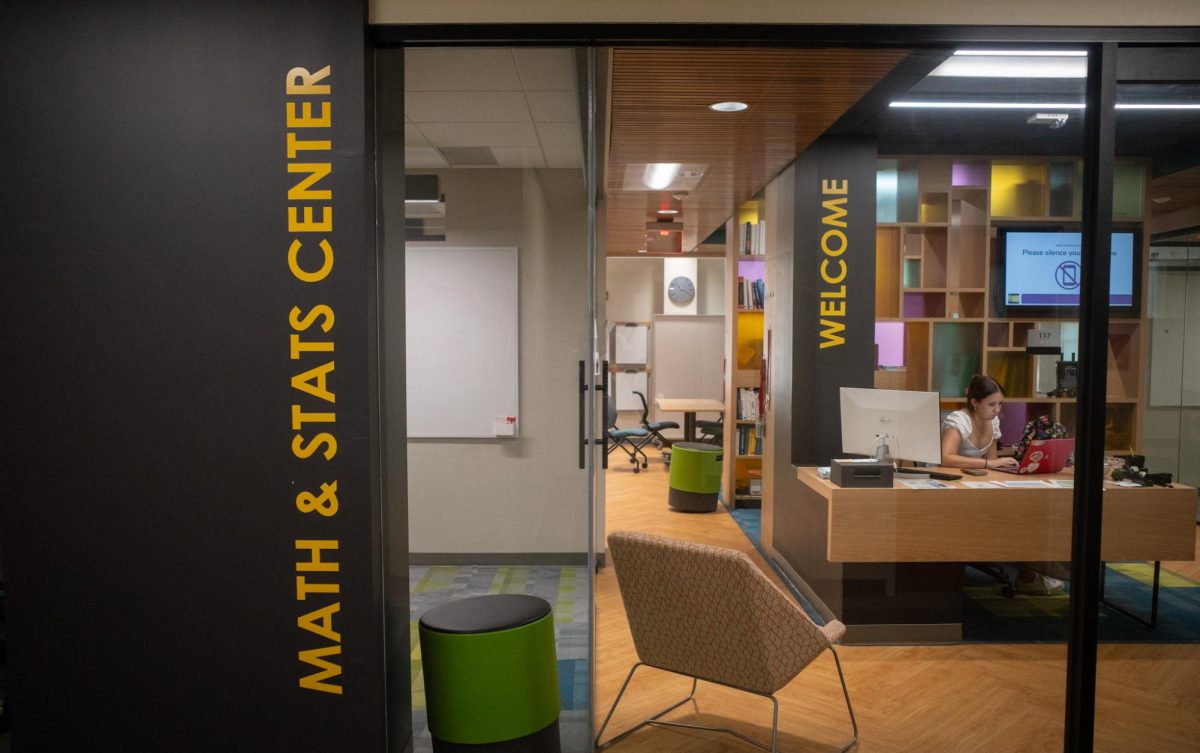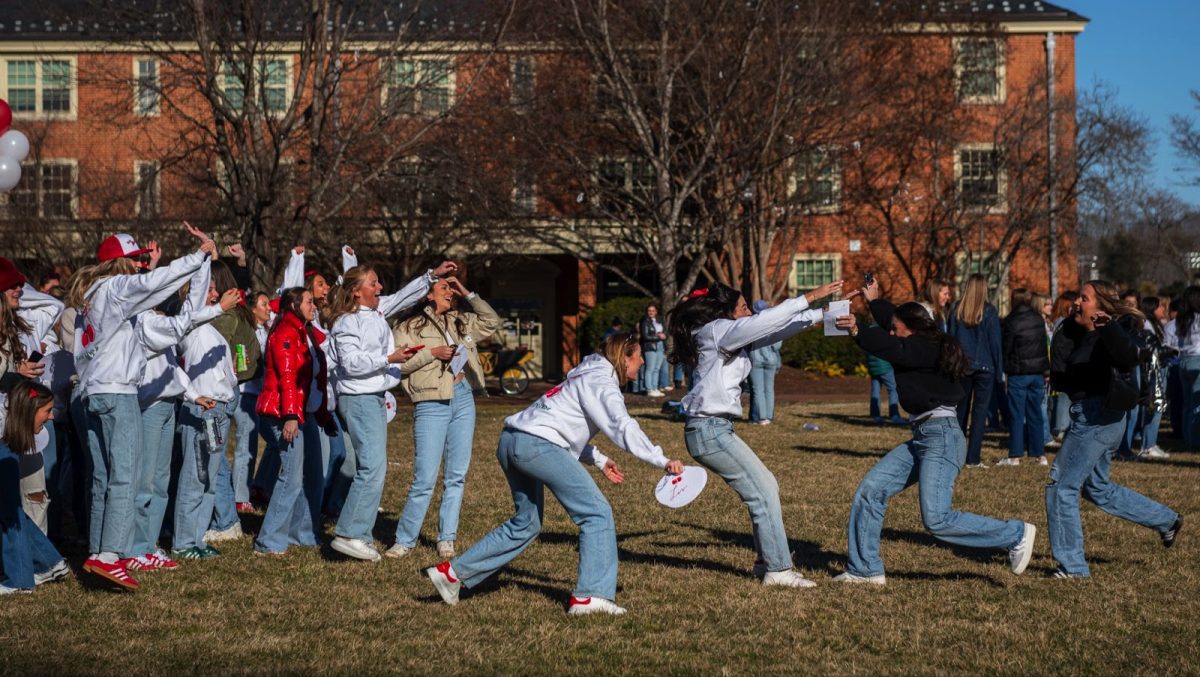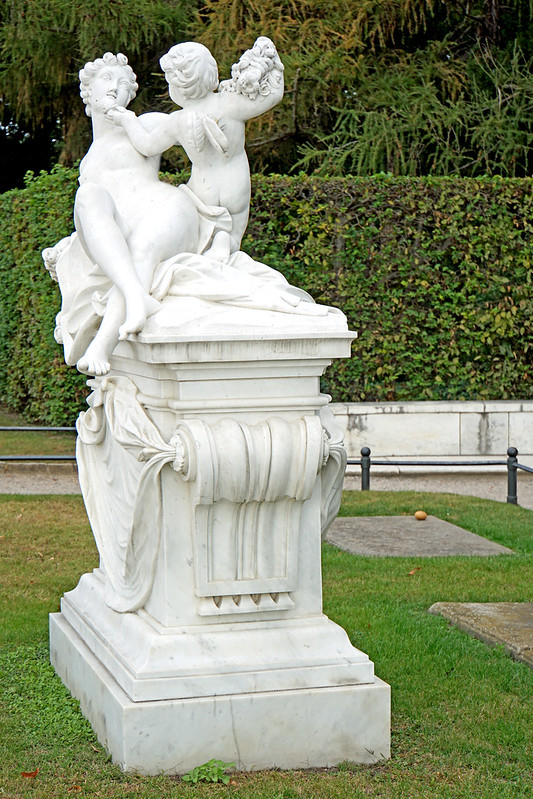Picture this: a classroom filled with students, each nervously fidgeting with their pencils, contemplating the impending doom of a math exam. It’s a scenario to which many of us can relate, one where math often takes center stage as the subject that strikes fear into the hearts of students.
But what lies beneath this universal distaste for math?
In my math class this semester, I believe what we’re learning is undeniably important, but the way it’s being taught just isn’t keeping students engaged. The class often feels dry and uninspiring, with the professor predominantly relying on traditional lectures and bland presentations of mathematical concepts.
I’m going to dive deep into the labyrinth of psychological, societal and pedagogical factors that contribute to the prevalent dislike of math among students — and even explore some possible solutions.
The fear factor
One of the main reasons why math frequently receives a negative reputation is because it induces fear in students. It’s those early experiences that lay the foundation for this enduring dread. Remember the first time you encountered an inscrutable algebraic equation or a complex geometric proof? The struggle was real.
“Every time I open my math textbook, it’s like stepping into a dark forest with no way out,” freshman Taixi Shen said. “I just can’t seem to see the point of it all, and it terrifies me.”
24
But here’s the twist: that early math-induced panic doesn’t just haunt your classroom days. It has a sneaky way of creeping into everyday life, making you question your abilities and creating a sense of inadequacy that lingers. This lingering sense of inadequacy can have far-reaching effects, impacting individuals’ confidence in decision-making, problem-solving and their overall approach to challenges outside of the academic realm.
The cultural narrative
Math’s unpopularity isn’t just about numbers and equations; it’s also about the stories we tell ourselves about it. Society has played a significant role in shaping these narratives.
Certainly, the portrayal of the “math nerd” in movies and TV shows, exemplified by characters like Sheldon Cooper from “The Big Bang Theory,” has become a recurring trope in popular culture. The socially awkward genius who’s always hunched over a calculator? That stereotype has subtly seeped into our collective consciousness, casting math enthusiasts in an uncool light.
Moreover, the relentless emphasis on grades and standardized tests adds fuel to the fire. The pressure to excel in math can emanate from parents who may have high academic expectations for their children, peers who unknowingly perpetuate stereotypes about math and even individuals’ own internal expectations and fear of failure.
“Even though I have taken dozens of math classes at Wake [Forest], it can sometimes take me until the final exam or even in a later class for a concept to really click,” senior physics major Emily Foley said. “This is something that I wish parents who put pressure on children to do well in math would realize— that the process of struggling through a problem is more important than the answer.”
The Teaching Conundrum: Pedagogical Challenges
The way math is taught also bears a significant share of the blame for its unpopularity.
Traditional teaching methods, with their emphasis on rote memorization of formulas and procedures, can turn even the most intriguing math concepts into monotonous chores. Ever wonder why those equations seem so disconnected from real life? It’s because they often are.
We’ve all been there, haven’t we? Sitting in a classroom, eyes glazed over, as a teacher fervently explains the intricacies of a mathematical concept that seems as remote from real life as a UFO sighting. The inevitable question forms in our minds: “When are we ever going to use this in the real world?”
Certainly, we can all concur that in our day-to-day lives there are limited occasions where we’ll find ourselves applying the formula for the slope of a line in coordinate geometry, much like how we seldom need to calculate the speed of light while preparing breakfast.
But here’s the intriguing part — while you might not find yourself scribbling equations on a napkin during a picnic, the skills you develop through learning math have a profound impact on your everyday life, whether you realize it or not.
According to Professor of Mathematics Education at the Stanford Graduate School of Education Dr. Jo Boaler, students learn math best when they work on problems they enjoy, rather than exercises and drills they fear. Boaler places significant emphasis on the concept of “number sense,” describing it as the ability to employ numbers with flexibility.
For instance, when confronted with the task of calculating seven multiplied by eight, individuals with number sense might indeed recall the product as 56. However, they also possess the skill to employ alternative strategies, such as working out 10 multiplied by seven and subtracting two sevens (70 minus 14). This approach emphasizes problem-solving over mere rote memorization, as Boaler contends that relying solely on distant memory proves to be a less effective avenue in mathematics.
Boaler further dispels the common misconception surrounding math fluency. Contrary to the prevalent belief that adept math students must be exceptionally quick in their calculations and memorization, she emphasizes that such a notion is both misleading and detrimental to a comprehensive understanding of mathematics. In essence, Boaler contends that true math fluency extends beyond speed and memorization, emphasizing the importance of a deeper and more holistic grasp of mathematical concepts.
Seeking Solutions: Making Math Easy
So how do we salvage math from its doom and gloom reputation?
Picture a world where math is not just about formulas but about solving real problems. Imagine a classroom where teachers inspire critical thinking rather than rote memorization. Envision math as a tool for navigating life’s challenges, from budgeting and cooking to understanding data and making informed decisions.After conversing with numerous students, a recurring theme emerged — the age old saying of “practice makes perfect.” When discussing a student’s strategy for studying mathematics, freshman Jeremy Cao emphasized this.
“Practice is key,” Cao said. “Mathematics is a language, and just like any language, you improve by using it. So work through as many problems as you can to reinforce your understanding and build confidence.”
To make classes more engaging, incorporating interactive elements such as real-world problem-solving examples and practical applications of the theories discussed will undoubtedly breathe life into the material. Furthermore, it would be fantastic if Wake Forest could harness multimedia resources and bring in guest speakers from relevant industries. This would genuinely invigorate what can otherwise be a somewhat lackluster learning experience.
The question of why math is often hated is not one-dimensional. It presents a complex puzzle rife with psychological hurdles, societal narratives and pedagogical challenges. But here’s the twist — math isn’t the villain. It’s the unsung hero of our everyday lives. By reshaping how we teach and perceive math, we can unlock its true potential to inspire curiosity and confidence, rather than fear and disdain, among students.
Correction Oct. 15, 2023: An earlier version of this article contained a typo in the subheadline, which has since been corrected.














Reed • Oct 16, 2023 at 11:09 am
Closer. Pedagogical, not pedogogical. Nonetheless, this is an excellent read on the importance of developing number sense for life, patiently persevering when things are difficult & recognizing that the process of working through problems is of just as much value as finding the correct solutions. Good stuff.
Reed • Oct 15, 2023 at 4:10 pm
There is a typographical error in your title. Shouldn’t pedological be pedagogical?
Otherwise, this is a very interesting & insightful read. Thank you for your exploration of such an important subject.